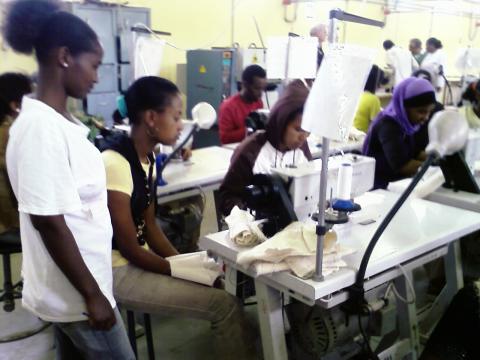Hides, skins and leather form a critical strategic sector for the economic and industrial development of Ethiopia.
Realizing the diverse and unique issues of women employees, the EU funded LISEC project integrated gender mainstreaming as a cross-cutting theme. The gender mainstreaming process aims to promote gender equality and women’s empowerment in selected tanneries, slaughterhouses, and hide and skin trading companies.
In order to have a deeper understanding of the gender issues that exist within the leather industry and thereby devise a strategy to address the identified concerns, UNIDO, through its LISEC project, collaborated with the gender directorates of MoTI and LIDI to conduct this gender analysis. The main
objective of the gender analysis was to gain a clear insight into the gender issues affecting the leather value chain and thus identify recommended strategic actions for more gender-responsive planning and implementation from 6 abattoirs, 6 tanneries and 2 hide and skin trading companies.
The General Objective of the study was to conduct a gender analysis to have a deeper understanding of gender issues in the leather value chain and thereby devise a strategy to address the identified issues.
Specifically, the gender analysis aimed to:
Assess the representation, participation, and decision-making of women and men employees.
Assess women and men stakeholders’ access to and control over resources.
Understand cultural gender roles, norms, relations, stereotypes, prejudices affecting women and men.
Identify the presence and justification for sex/gender-based job segregation.
Assess practices of recruitment, retention, promotion of women and men employees.
Assess implementation of gender-related provisions (including the revised labour law) within stakeholder companies.
Examine the presence of conducive and family/women-friendly work environments.
Assess migration patterns to address women’s integration in the project in the best way possible.
Provide strategic recommendations to address challenges that women and men face, while promoting gender equality as well as women’s empowerment.


